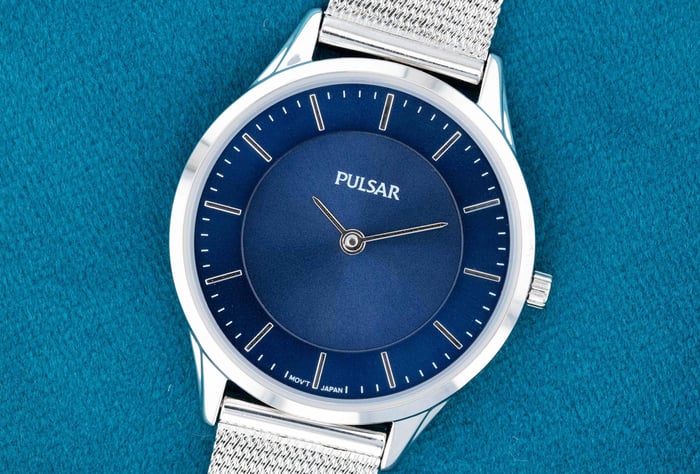Since their birth in the early 1970s, Pulsar watches have made a name for themselves alongside some of the world’s most iconic watch brands including Seiko, Skagen, G-Shock, Longines, Casio and Citizen. As the creator of the world’s first LED/digital watch, the brand is also leading the way for watch innovation and have been since their inception.
It all began in 1968 when Swiss watch giant Hamilton Watch Company sought out to create a timepiece brand that piggybacked off of emerging technological trends and the peaking interest of space exploration. The rest is, as they say, history.
Read on as we unpack the intriguing full Pulsar LED watch history as well as the evolution of the LED/digital watch over time.
Pulsar LED Watch History Overview:
- 1968 - The Space Age
- 1970 - The Prototype
- 1971 - A New Identity
- 1972 - Pulsar's First Digital Watch
- 1973 - Bond, James Bond
- 1976 - A New Frontier
- 1978 - New Beginnings
- 1980 - Game On
- 1981 - More Innovation
- 1982 - The TV Watch
- 1994 - The First Smartwatch?
- 1998 - A Mini Computer
- 2002 - A Picture is Worth 1000 Words
- 2010 - The E-Link
- 2015 - The New Kid on the Block
- 2020 - The Rebirth of an Icon
1968 - The Space Age
In 1968, the Hamilton Watch Company (Pulsar’s parent company at the time) was asked to design a digital watch to appear in Stanley Kubrick’s iconic sci-fi film, 2001: A Space Odyssey. The film was a huge success and many noted it for its inclusion of futuristic-looking versions of common household objects. This signalled the company’s intent to make the digital watch a reality.

1970 - The Prototype
At the end of the 1960s and the beginning of the 1970s, an era where disco and new-age technology would reign supreme, the Hamilton Watch Company were plagued with financial problems. This led to the company rebranding as Hamilton Metals Wallace (HMW).
In 1970, after 2 years of research and development, HMW unveiled 3 digital watch prototypes at a press conference. These 3 timepieces were revolutionary, however, it was evident that the company required a little more time to produce a consumer-ready digital watch given that the prototypes’ batteries would drain so quickly that they had to swap models several times during the presentation.
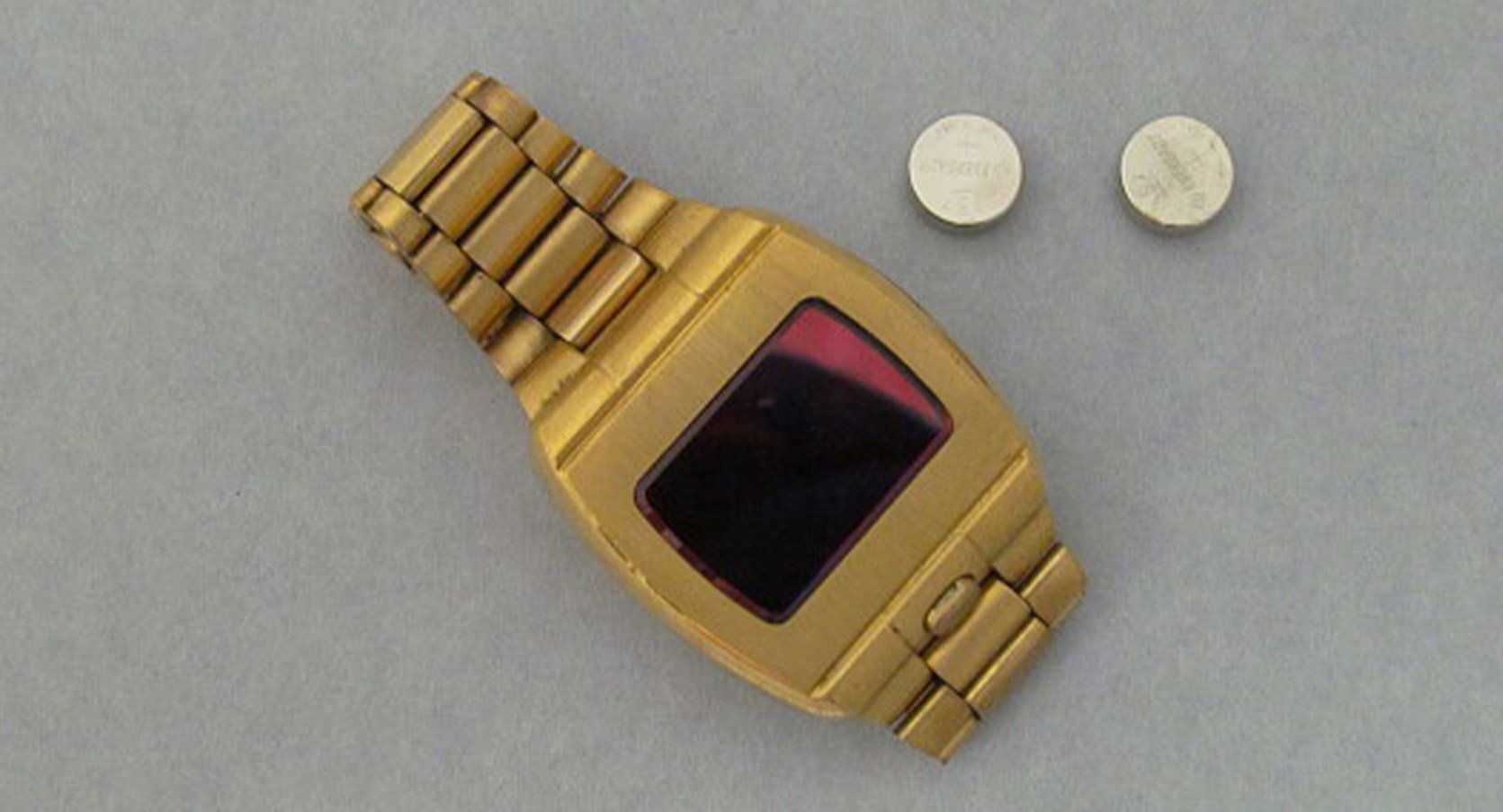
1971 - A New Identity
A timepiece as revolutionary as the world’s first digital watch needed a name that would stick in people’s heads. HMW would then settle on the name, Pulsar. A clever nod to the watch’s space-age aesthetic, a pulsar is a highly magnetized rotating compact star that emits beams of electromagnetic radiation out of its magnetic poles.

1972 - Pulsar's First Digital Watch
Unveiled in New York City, Pulsar’s penultimate watch, the Pulsar Time Computer was like nothing the world had ever seen before. Unlike all the quartz watches that were on the market at the time, Pulsar’s timepiece was completely digital and had no analogue movement.
It featured a stainless steel case and bracelet, while its face resembled digital alarm clocks with bright red LED flashing digits which were popular at the time. Retailing for around $2,100 USD which is around $12,000 USD in today’s currency, the timepiece caused quite a stir among keen watch enthusiasts.

1973 - Bond, James Bond
Less than a year after its unveiling, Pulsar’s LED watch is a huge success despite its hefty price tag. Some of the most famous faces in the world are seen sporting the watch including Elton John, the Shah of Iran, Sammy Davis Jr and even the King of Rock n’ Roll himself, Elvis Presley. The watch even gets to pop culture treatment when Roger Moore wears the Pulsar timepiece in the Bond film Live and Let Die.
In the same year, Pulsar’s second LED watch was unveiled. Pulsar’s second-generation watch was a lot more reliable than the first and came with a much more modest price tag of $275 USD or $1,685 in today’s money. In addition to this, the brand also unveiled limited-edition gold watches as well as the made-to-order 14 carat and 18-carat solid gold versions. Shoppers could even purchase Pulsar LED watches that were adorned with crystals.
Check out our definitive guide to all James Bond watches.
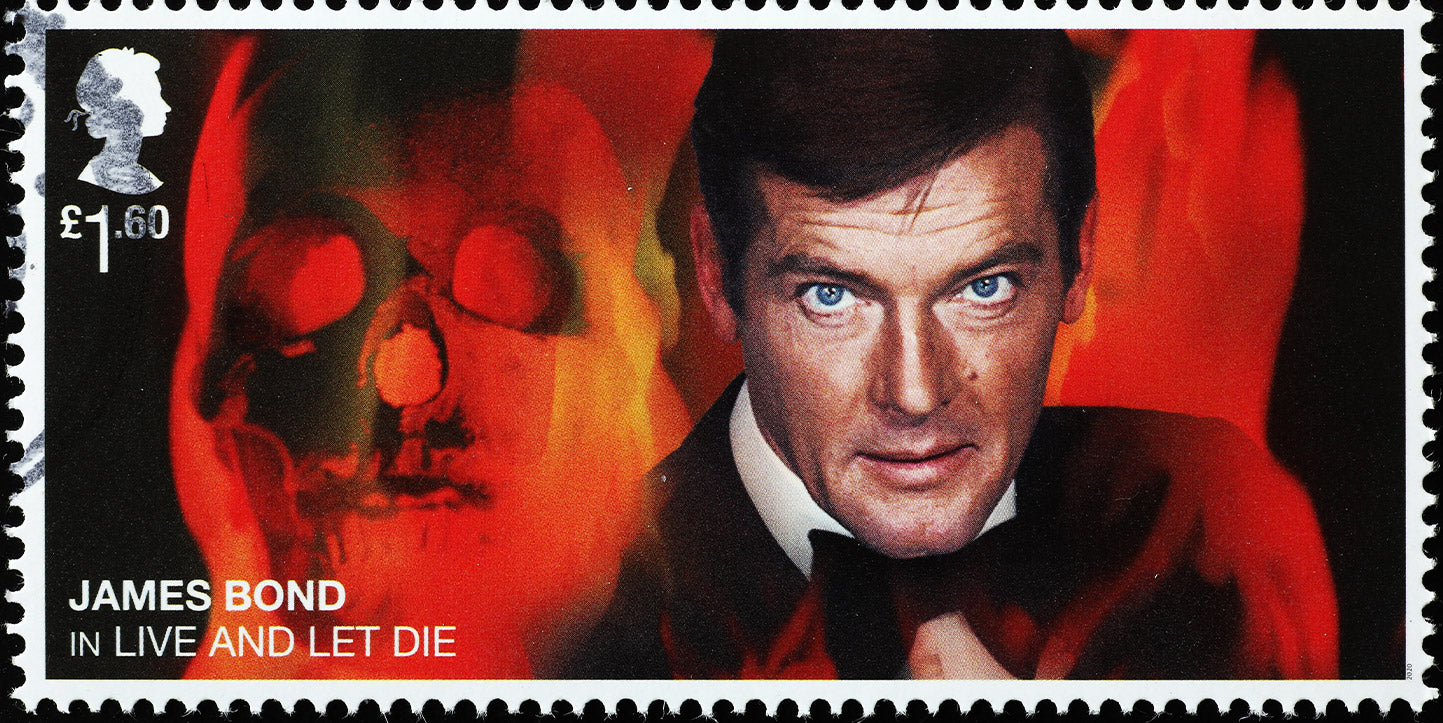
1976 - A New Frontier
By the mid-1970s, everyone from Bulova and Casio to computer manufacturing giant Hewlett Packard (HP) had jumped onto the LED watch bandwagon. Business Week even brings out a special timepiece issue that highlight’s LED watches' role in bringing watch-making back to the United States.
To keep up with the demand, Pulsar launched a spate of new watches including a calculator model. A watch and a calculator in one, this timepiece featured a small face and digit buttons similar to what you’d find on a calculator. The buttons on this watch were so small that it was sold with a matching stylus to help press them.

1978 - New Beginnings
By 1978, LED watches were severely mass-produced and therefore are no longer regarded as a status symbol among watch collectors. Sadly, this meant that sales began to plummet for HMW, so they made the difficult decision to liquidate Pulsar and sell the brand name to Seiko who has been producing watches under the Pulsar name ever since.
Although, despite their legacy as the world’s first digital watch brand, many will be surprised to know that Pulsar primarily produces analogue and chronograph watches now. Learn more about chronographs in our 10 Of The Best Chronograph Watches blog.

1980 - Game On
Despite Pulsar bowing out of the LED watch game, many other watch brands continued to release digital watches with all-new innovations throughout the 1980s. With the price of LCD plastic case watches falling drastically, Casio began exploring new functions that they could add to their LED watches.
With Nintendo games like Super Mario Bros’ and The Legend of Zelda going gangbusters in this era, Casio decided to piggyback off the gamer trend by introducing the Game-10 watch, a timepiece that allowed wearers to play miniature versions of arcade games such as Space Invaders.

1981 - More Innovation
While many of the major watch brands remain focused on producing affordable multi-functional LED models during this time, Pulsar goes back to the basics and cements itself as a key innovator within the watch world by producing the world’s first all-quartz timepiece line. At the same time, Pulsar released their Avant-garde collection which introduced a new style for women’s watches.

1982 - The TV Watch
In 1982, Pulsar’s parent company Seiko blew everyone out of the park when they introduced the TV Watch. Featuring a tiny blue/grey LCD screen, this Seiko innovation allowed users to broadcast live television from their watch. Unfortunately, you couldn’t watch the TV on the go as it had to be connected up to an external box which would receive the televisions signal.
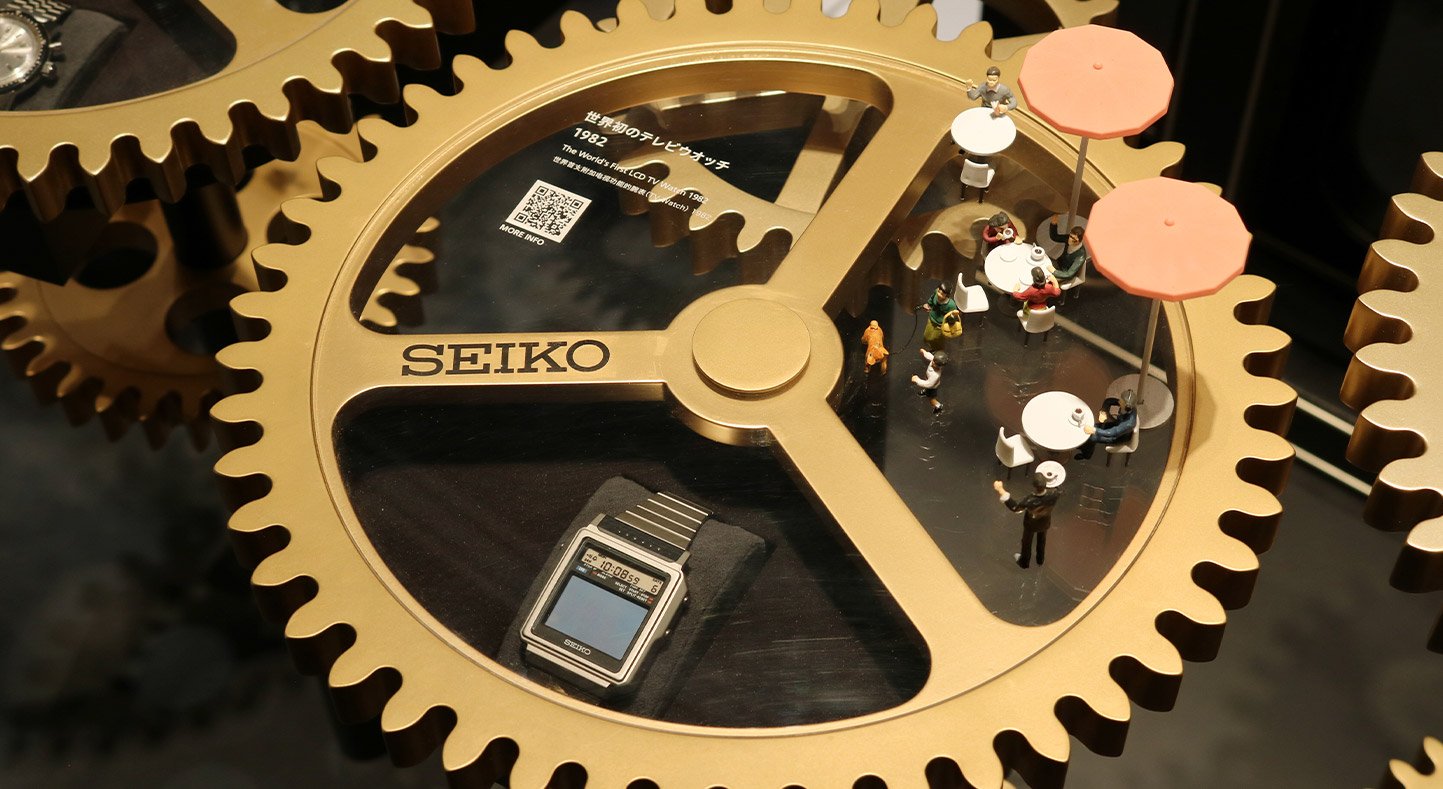
1994 - The First Smartwatch?
The world arguably got its first taste of a Smartwatch in the mid-90s when Timex partnered up with Microsoft to produce the Data Link 150, an LED watch that was capable of storing data so the user wouldn’t lose any information when their watches’ battery died.
This innovative function allowed users to transfer information from their PC to their watch via an optical feature on the watch’s face. To collect this information, the wearer simply held the watches’ face up to the computer’s monitor and a special software built into the PC would cause it to flash in a pattern that the watch could read.
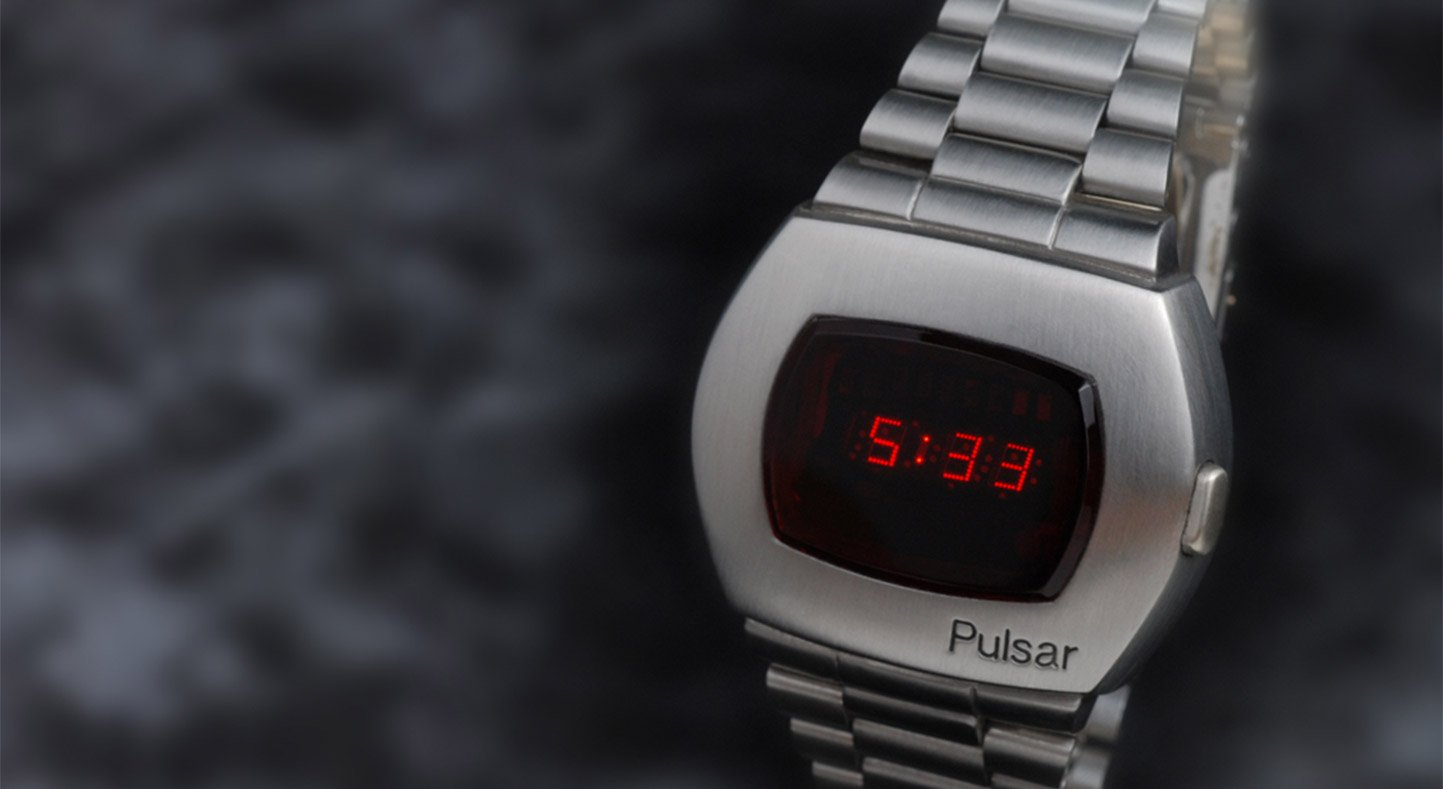
1998 - A Mini Computer
Just in time for the new millennium, Seiko releases the Ruputer. The Ruputer which would go on to be known as the OnHandPC was like a mini-computer. It allowed users to run applications and store data much like the Data Link 150 did 4 years earlier. Unfortunately, battery, utility and size issues plagued this Seiko device from the get-go, leading it to be discontinued not long thereafter.

2002 - A Picture Is Worth 1000 Words
In the early noughties, watch brands began exploring other functions that could be added to their timepieces. In 2002, Casio released the Casio Wrist Camera, a wristwatch with a small camera that took 120 x 120-pixel photos in grayscale.
This was a function that certainly turned a lot of heads, although it was only a matter of time before someone came up with a camera and watch hybrid after one appeared in the 1990 film, Dick Tracy.
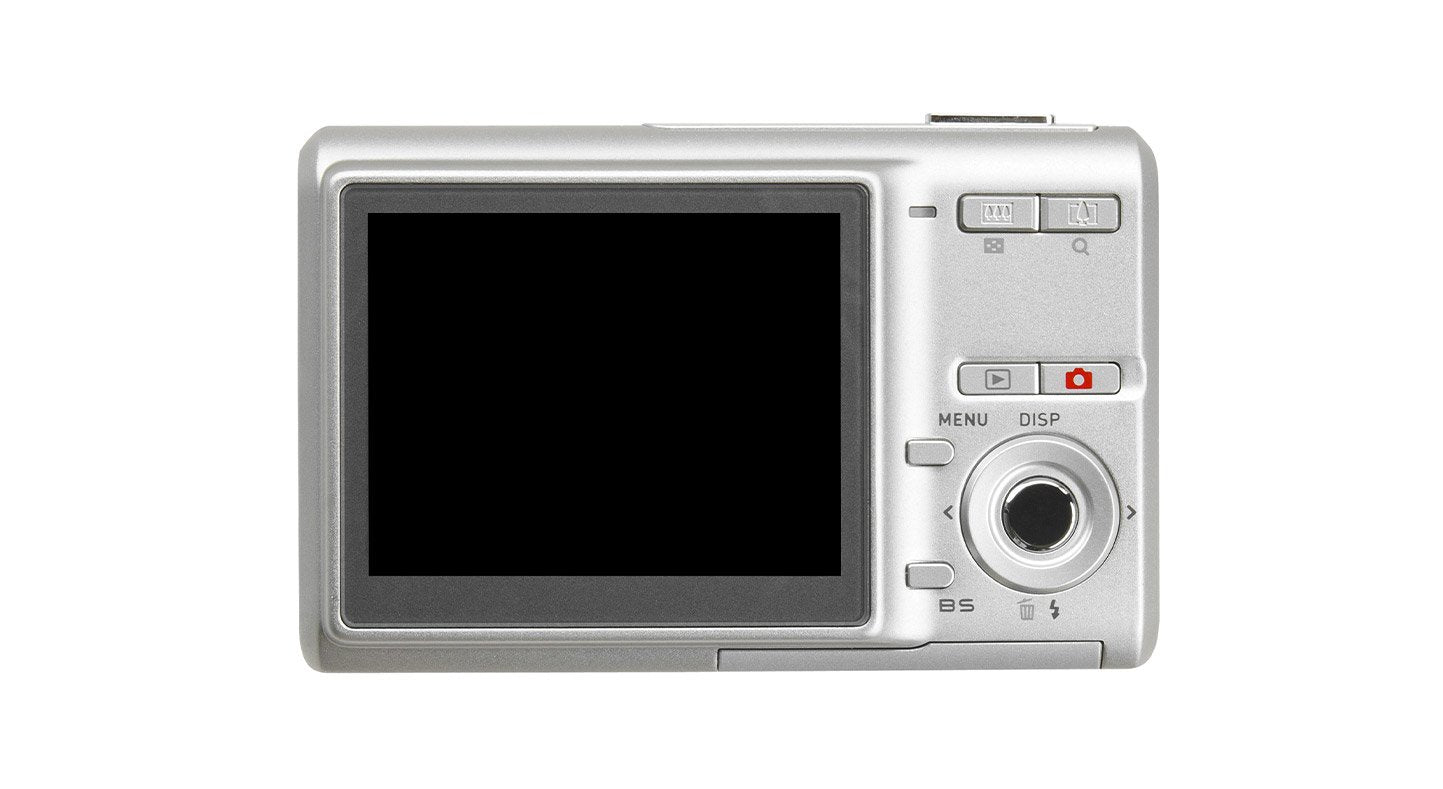
2010 - The E-Link
At the beginning of the 2010s, Pulsar’s parent company Seiko would retain their status as a force for innovation with their E-link watch. Featuring the world’s first e-link display which allowed for greater clarity, the face of this timepiece was reminiscent of the modern-day smartphone display featuring the city time zone, time and date digits and an icon that indicated the watch’s battery life.

2015 - The New Kid on the Block
By the mid-2010s there is no shortage of activity trackers and smart watches that help measure your sleep quality and heart rate thanks to brands like Seiko, Sony and Fossil. However, these watches arguably wouldn’t reach their full potential until the release of the Apple Watch Series 1 in 2015.
A wristwatch, phone, fitness tracker, heart rate monitor, diary and mp3 player all in one, Apple’s SmartWatch encompassed all of the functions that you could ever need in an everyday watch-paving the way for many other electronic and watch brands to produce similar watches.
2020 - The Rebirth of an Icon
In early 2020, Hamilton Metals Wallace, the company originally behind Pulsar watches announced plans to release limited-edition replicas of the Pulsar Time Computer in honour of the watch’s 50th anniversary. Two models were ultimately released, a silver stainless steel model and a gold-coated stainless steel model. A carbon copy of the original prototypes from 1970 with some added extras including an OLED/LCD face as well as modern water-resistant technology.
Digital and LED watches have come a long way since their introduction in 1972. However, the fact that Pulsar’s original LED watch design heavily influenced digital watch brands from the past and present is indisputable.
Synonymous with style, adventure and leading-edge design, explore Watch Depot’s full Pulsar range today and receive free shipping when you spend $69 or more.



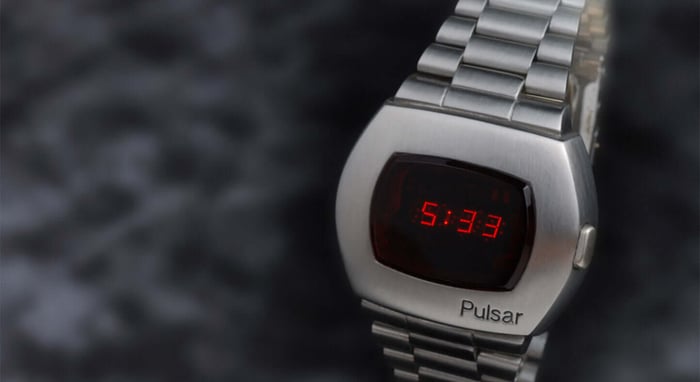
.png)
